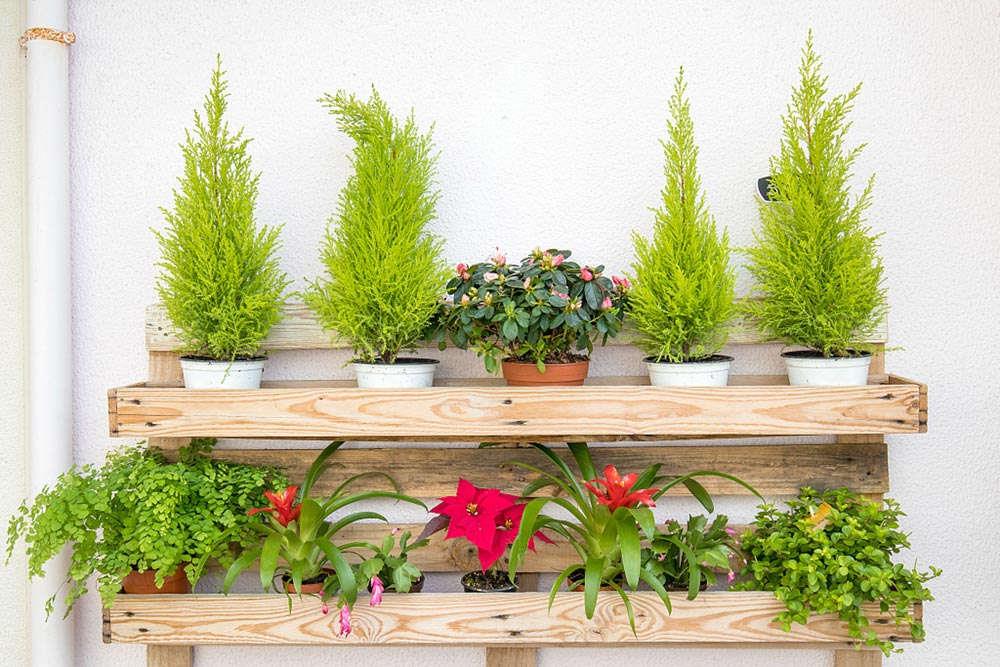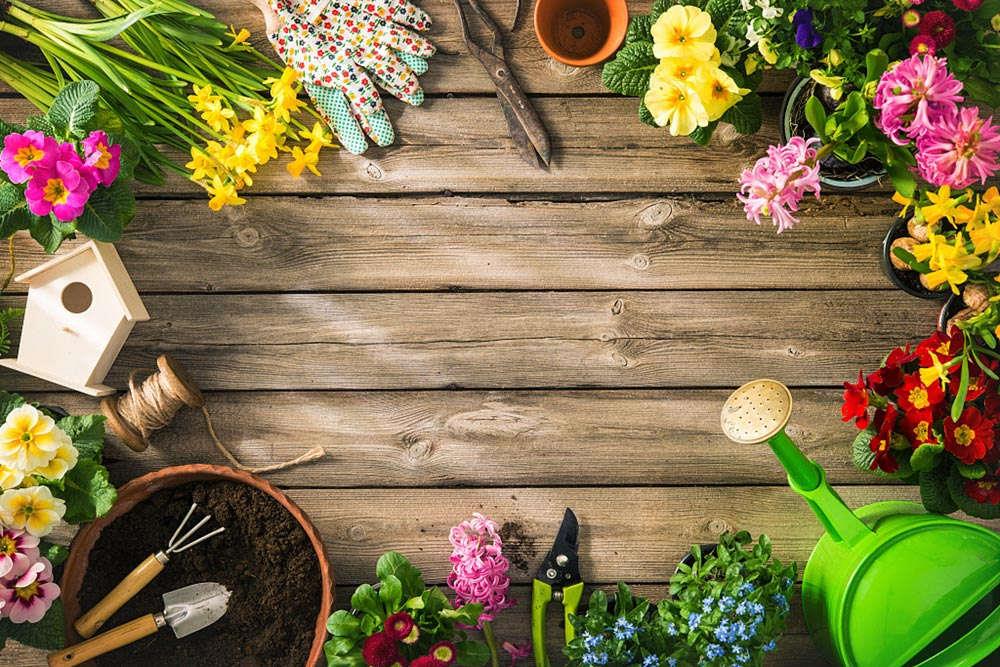What varieties of Dieffenbachia are there?
Last Update :2024.11.18
Article Catalog
Dieffenbachia varieties include Dieffenbachia mosaic, tiger-eye Dieffenbachia, Guangdong Dieffenbachia, purple-backed Dieffenbachia and zebra-leaf Dieffenbachia. Dieffenbachia mosaic and leaves are also called pink leaves, which are inlaid with dense and irregular white, milky white, light yellow and other spots; tiger-eye Dieffenbachia likes sunlight, is also tolerant to semi-shade, and is cold-tolerant. Dieffenbachia Guangdongensis has green leaves, long lanceolate or oval-lanceolate.

Dieffenbachia mosaic
First of all, let me tell you that the juice of Dieffenbachia is somewhat toxic, but it does not affect family breeding, as long as it is not eaten by mistake. If you have children at home, you need to pay special attention!
The main varieties and introductions of Dieffenbachia are as follows:
Dieffenbachia Mosaic and Leaves
Alias
Dieffenbachia Dieffenbachia
Perennial evergreen herb. The stem is thick and fleshy. The leaves are large and shiny. Both sides are dark green, inlaid with dense and irregular white, milky white, light yellow and other colored spots, markings and patches.
Propagation method
Mainly cuttings.
Habits
Light: Tolerant to semi-shade, avoid excessive sunlight, but too dark light will also cause the leaves to fade.
Water: It likes moist water, and needs more watering during the growth period from March to August. In summer, water needs to be sprinkled frequently to increase the humidity of the environment.
Temperature: It likes high temperatures and is not cold-tolerant. The suitable growth temperature is 20-30℃. The lowest wintering temperature is above 12℃. Once frozen, the leaves will become yellow and the terminal buds will become necrotic.
Fertilizer: Apply nitrogen fertilizer every month during the growth period to promote rapid growth. Apply fertilizer and water once every two weeks from March to August. Reduce fertilization after autumn.
Soil: Loose, fertile and well-drained soil is required.
Tiger-eye Dieffenbachia
Tiger-eye Dieffenbachia is native to southern Africa. It likes sunshine, but also tolerates semi-shade and cold. In summer, it is afraid of direct sunlight and humid environment. The leaves remain green after heavy frosts in winter. The bulbs have summer dormancy habits, strong vigor and high reproduction coefficient.
Propagation methods
Splitting and sowing are commonly used for propagation.
Common pests and diseases
Diseases include mosaic disease, which is spread by aphids. It can be prevented and controlled by spraying 2.5% rotten essence 800 times.
Application
Dieffenbachia blooms from mid-April to early May, with white, orange and double flowers. In spring, the star-shaped white flowers twinkle, elegant and simple. It is an excellent tree material for natural gardens and rock gardens. It is also suitable for cut flowers and potted plants.
Dieffenbachia Guangdong
Alias
Dieffenbachia Guangdong is also called Dieffenbachia

It is a perennial herb of the Araceae family, with a plant height of 60 to 70 cm. The stems are upright and unbranched, with obvious internodes.
The leaves are alternate, the petiole is long, the base is enlarged into a sheath shape, the leaves are green, long-lanceolate or oval-lanceolate. Blooms in autumn, inflorescences are axillary and shorter than petioles.
Its leaves are broad and bright, green all year round, and particularly tolerant of shade. They can be cut into foliage bonsais or used as flower arrangements to decorate the environment. They can also be used as potted plants to decorate living rooms.
Purple-backed Dieffenbachia
Alias
Purple-backed Dieffenbachia is also called clam orchid, purple-backed Dieffenbachia, purple brocade orchid, from the Commelina family
Native to Mexico and the West Indies.
The leaves are lanceolate, green on the front, with stripes of different shades, and purple-red on the back, with stripes of different shades of purple-red. Stems and leaves are slightly juicy. The flowering period is from August to October and it is easy to set seeds.

Habits
Purple-backed Dieffenbachia It likes a semi-shady, humid environment and fertile, loose sandy loam soil. It is relatively drought-tolerant and is afraid of exposure and cold. It will stop growing at 10℃, so it is better to survive the winter at a temperature above 10℃.
It has good shade tolerance and strong ability to adapt to dry climates, so it has become a good foliage plant for indoor cultivation in the northern and southern regions of my country. It can be placed in a bright living room for a long time, such as when the room is dark. , it is advisable to replace it every 20 days.
Propagation method
Mainly sowing, but also propagating by cuttings.
Zebra Dieffenbachia
Alias
Zebra Dieffenbachia is also called Da Wang Dai Fen Ye and Dumb Sugar Cane.
It is a perennial herbaceous plant of the Araceae family. The stem is cylindrical and fleshy. There are often white rings on the stem, which are traces after the leaves fall off. The leaves of Dieffenbachia zebra are oblong, with irregular white or goose-yellow spots and stripes scattered on both sides of the main green veins. They look particularly graceful and elegant, like the stripes on a zebra, so it is also known as Dieffenbachia zebra. say.

Habits
Native to Colombia, Sex likes dampness and heat.
The growth temperature is controlled at 25°C to 30°C, and the room temperature in winter should be maintained at 15°C, with a minimum of 10°C.
Zebra Dieffenbachia is suitable for indoor cultivation. During cultivation, you can place a water tray in the basin and put water in the tray to allow water to continuously pass through the small holes in the basin to maintain the humidity of the pot soil.
Tiger Eye Dieffenbachia
Dieffenbachia Guangdong
Purple-backed Dieffenbachia
Zebra leaf Dieffenbachia
- END -
Wild leeks cultivation methods and precautions

Soil: When breeding, try to use fertile soil with good water retention. If it is t...
Brussels sprouts cultivation methods and precautions

Temperature: Brussels sprouts have certain cold tolerance, but are more suitable f...